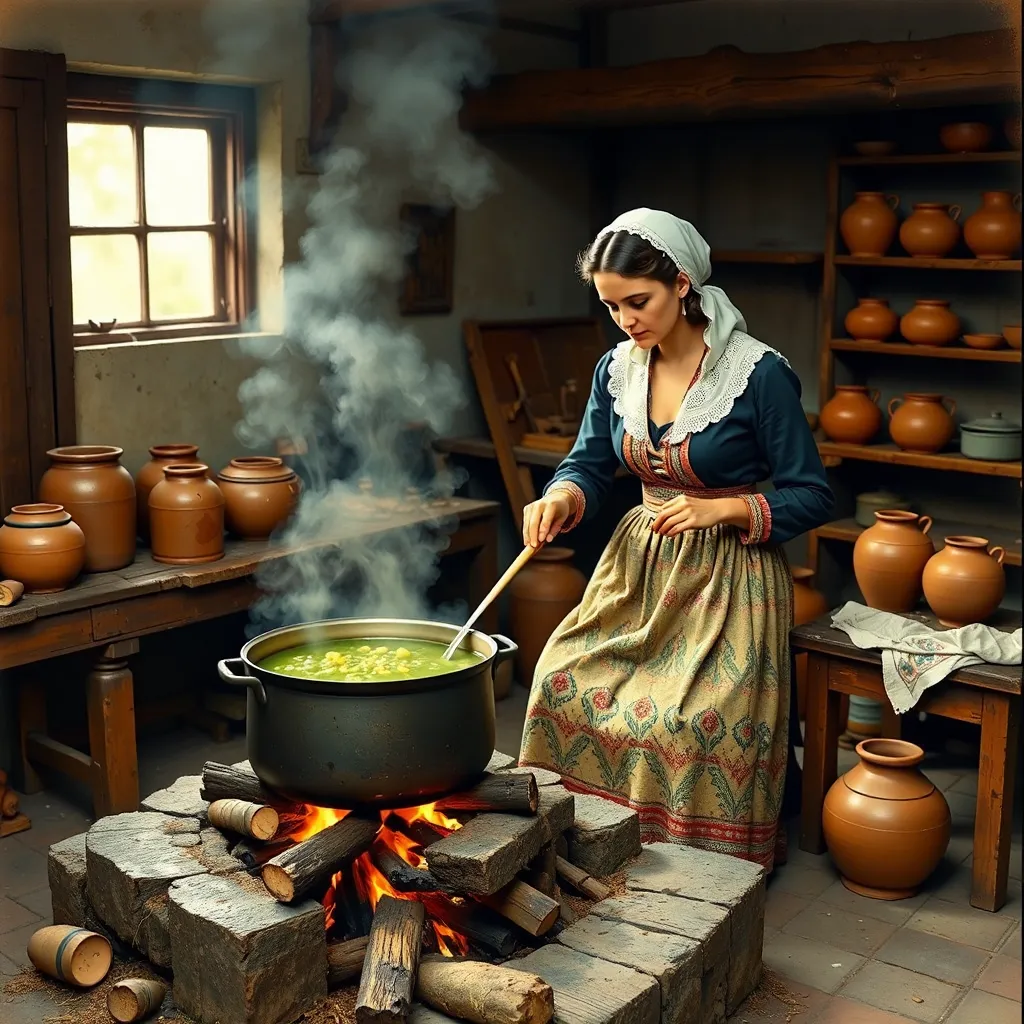Vida cotidiana en un campo de la isla de Madeira Portugal pero en 1930
Here’s a description of daily life in a Madeiran countryside in 1930, along with some visual aids:
Imagine a sun-drenched hillside, terraced with vineyards clinging precariously to the volcanic slopes. The air is filled with the scent of eucalyptus and the distant sound of the ocean. A small stone cottage, whitewashed and weathered, sits nestled amongst the vines. Smoke curls lazily from its chimney, hinting at a hearth fire within. A woman in a dark, full skirt and shawl, her hair neatly pinned, tends to a small vegetable patch, her hands weathered but strong. Nearby, a man in simple trousers and shirt works the land, using a traditional hoe. A donkey, laden with baskets of freshly harvested grapes, slowly makes its way down a narrow path. Children, their faces tanned and bright, play a simple game near a small stream, their laughter echoing through the stillness. The overall atmosphere is one of quiet industry and resilience, a testament to the hard work and close-knit community of rural Madeira in the 1930s.
This image should give you a visual representation of the scene described.
Describe a specific aspect of daily life, such as food, clothing, or social interactions.
Let’s focus on the food of a typical Madeiran family in the countryside during 1930. Their diet would have been largely dictated by what they could grow and produce themselves, resulting in a simple but nourishing cuisine. Imagine a hearty stew simmering over the open fire, perhaps a “Caldo Verde” – a kale and potato soup, thickened with chouriço (a spicy sausage) – providing a warming meal on a cool evening. Fresh bread, baked in a wood-fired oven, would be a staple, alongside simple vegetables like potatoes, beans, and onions, grown in their own terraced gardens. Fish, caught fresh from the sea, would be a welcome treat, perhaps grilled or stewed with tomatoes and herbs. Fruits like figs and bananas, grown locally, would provide sweetness and vitamins. Meat would have been less frequent, reserved for special occasions, perhaps a goat or a pig raised on their own smallholding. Meals would be shared communally, a time for family and conversation, reflecting the close-knit nature of rural life.

#stories






